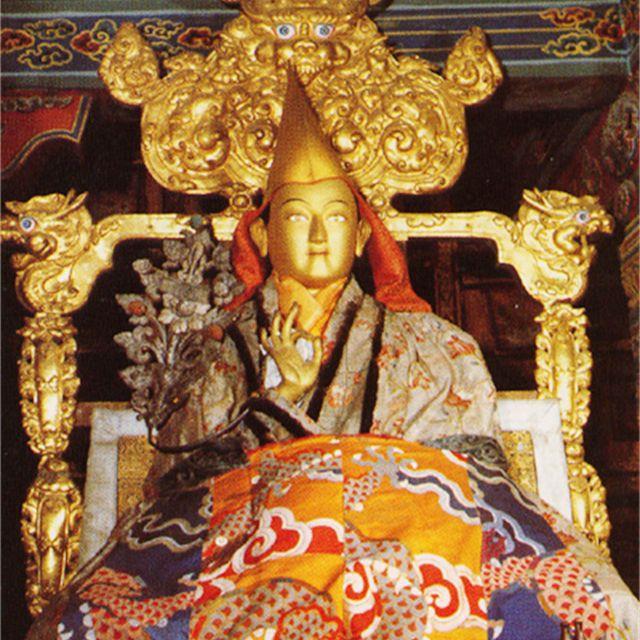
一、重点单词和短语
1. 四会词汇:
on foot步行=walk by bus =take a/the bus 乘公交车 by plane,乘飞机 by taxi 乘出租车 by ship乘船 by subway 乘地铁 by train乘火车 by bike骑自行车 slow down 慢下来 stop 停止 wait等 go走 了解:by…= take a / the … 例如:by bus = take a / the bus
2. 频率副词:(次数从多到少)
always总是 > usually通常 > often 经常 > sometimes有时 > never从不
3. 其他:
pay attention to注意 by ferry乘轮渡 by sled滑雪橇 cross the road横穿马路 traffic light(s) 通信号灯 at home在家 missed(miss的过去式)想念 different不同的 same 相同的 cross穿过 look right向右看 chopsticks筷子(复数) door门 look at朝……看 play with和……一起玩 Hooray好极了
--- How do you come to school? 你(们)怎么来学校的?
--- Usually, I come on foot. = Usually, I walk. 通常情况下,我步行来。
2. In the USA people on bikes must wear one. 在美国骑自行车的人必须带头盔。
3. Don’t go at the red light! 别闯红灯!
4. I must pay attention to the traffic lights. 我必须注意交通信号灯。
(二)其他句子
-
They are talking about a sports meet. 他们正在谈论一场运动会。
2. How can you get to the USA from China? 你怎么从中国到美国?
3. Don’t touch the door. 不要碰门。
4. In the UK you drive on the left side. 在英国,你要靠左驾驶。
5. In China, people drive on the right side. 在中国,你要靠右驾驶。
四、重点语法
1. How do you come to school? 你(们)怎么来学校的?
此问句是由特殊疑问词how引导的特殊疑问句, 用于询问对方的出行方式。 回答时要根据具体情况作答。 表示地点的词:
Germany德国 Munich慕尼黑 England英国 Australia澳大利亚 school学校 the park 公园 the cinema电影院 the hospital医院 the post office邮局 the bus stop公共汽车站 home家
2. Usually, I come on foot. = Usually, I walk. 通常情况下,我步行来。
此句是对出行方式的回答句。 其中usually意为“通常”, 表示频率很大, on foot意为“步行”。 一般用by表示出行方式。 by后面一定要直接加交通工具的单数形式, 只有“小脚丫”foot与on 搭配, “步行”用on foot表示。 练习:I usually come to school on foot.(对划线部分提问) ________________________________________________
3. I must pay attention to the traffic lights. 我必须注意交通信号灯。 must是情态动词,意为“必须”后面跟动词原形。 动作词组:
wear a helmet戴头盔 pay attention to the traffic lights注意交通信号灯 look right向右看 wear a life jacket 穿救生衣
4. Don’t go at the red light! 别闯红灯!
此句是Don’t开头的祈使句的否定句, don’t后面跟动词原形。意为“不要做某事”。 动作词组:run跑 go at the red light闯红灯 touch the door触摸门
Eg. Don’t smoke.不要吸烟。/ 禁止吸烟。 Don’t take photos.禁止拍照。 注意:祈使句的否定句变为肯定句就是把Don’t去掉,句首字母改为大写。
5. We must look right before crossing the road.我们在横穿马路前必须看看右边。
此句中must是情态动词, 意为“必须”后面跟动词原形, 在此句中before是一个介词, 而介词后面跟动词-ing形式。
6. There is no door on the bus.公共汽车上没有门。此句是there be句型的单数句, be动词要根据后面名词的单复数形式来决定, 名词为单数或不可数名词就用there is, 名词为复数就用there are. 此句中no door意为“没有门”, 表示单数含义,因此要用there is开头。
注意:there be句型的否定句和一般疑问句的变换方法以及回答。
,




